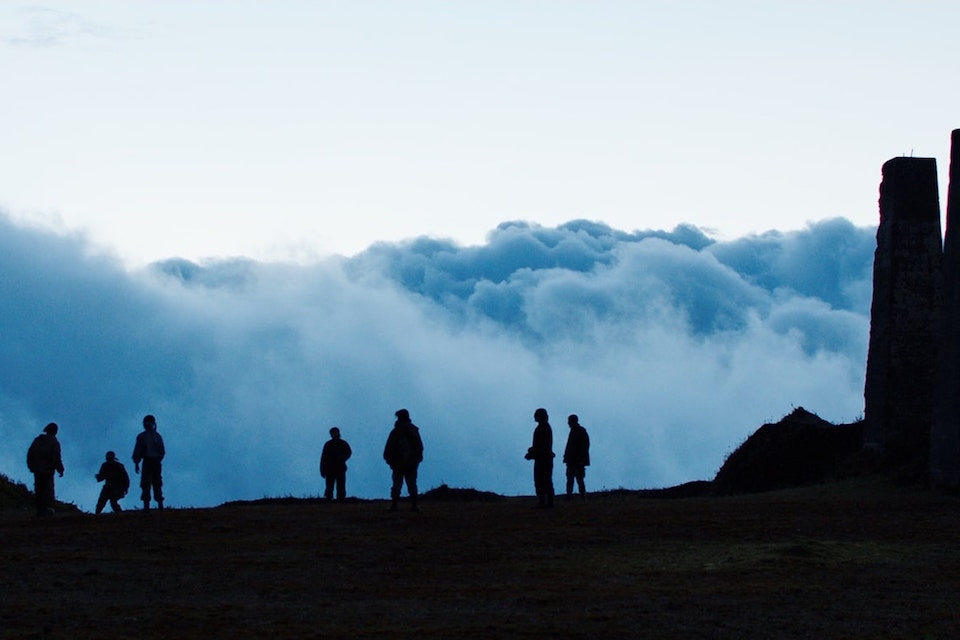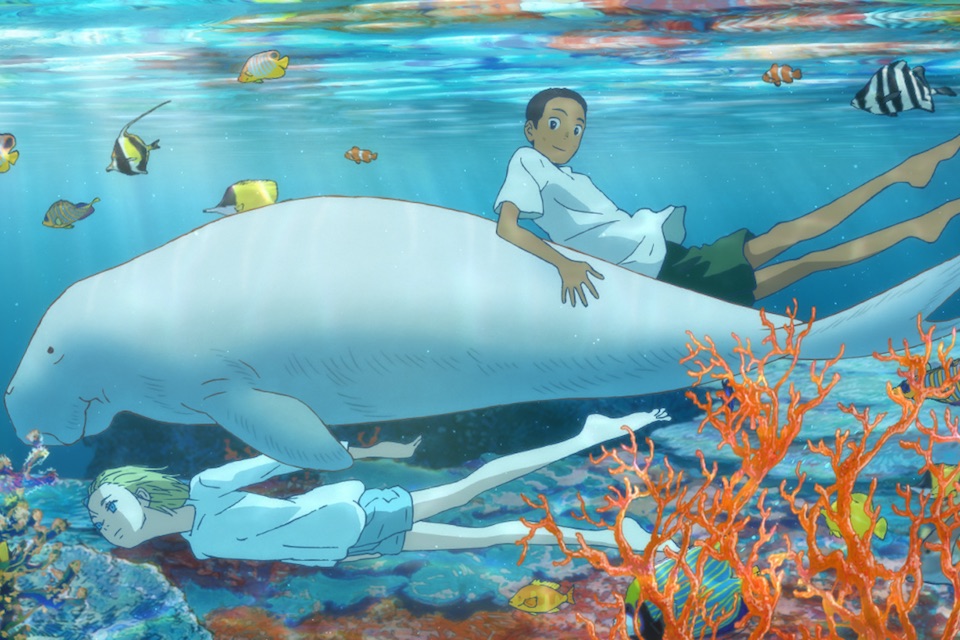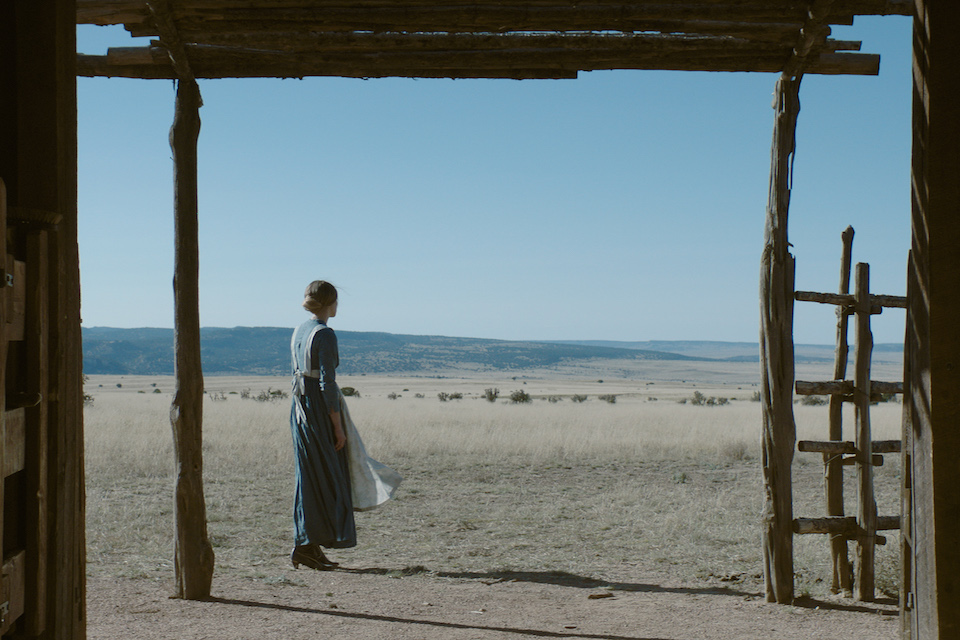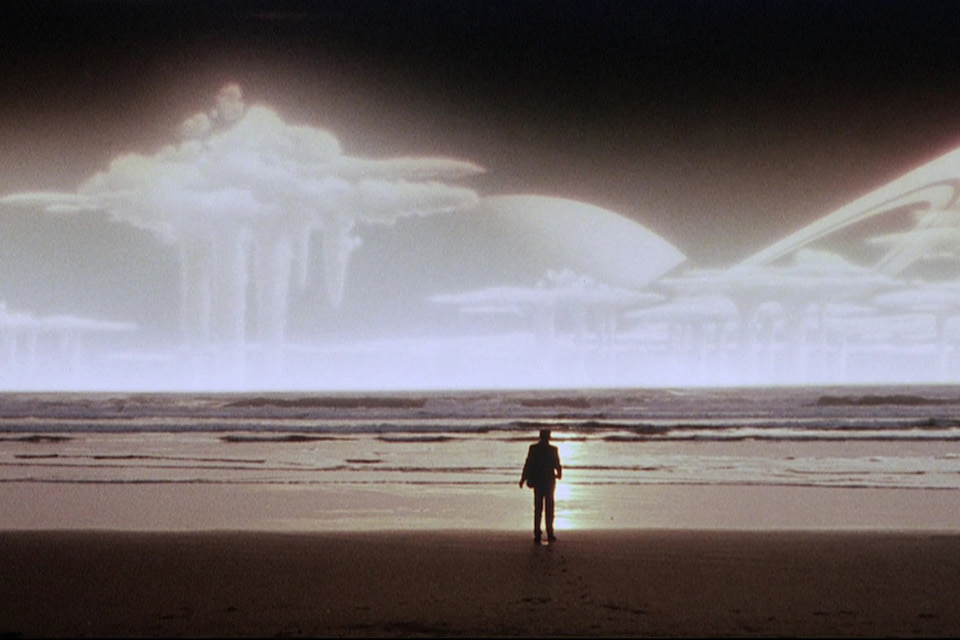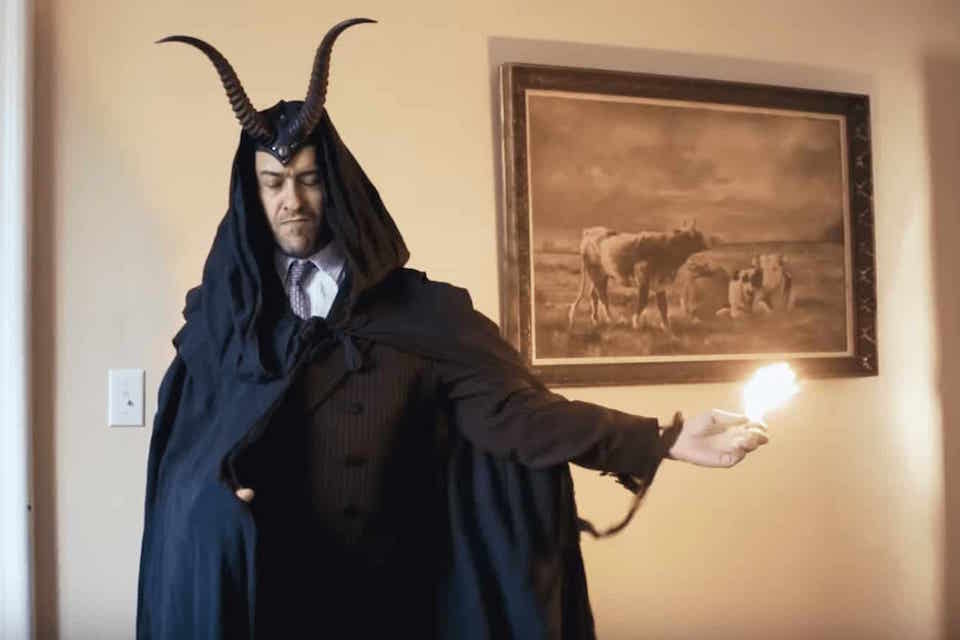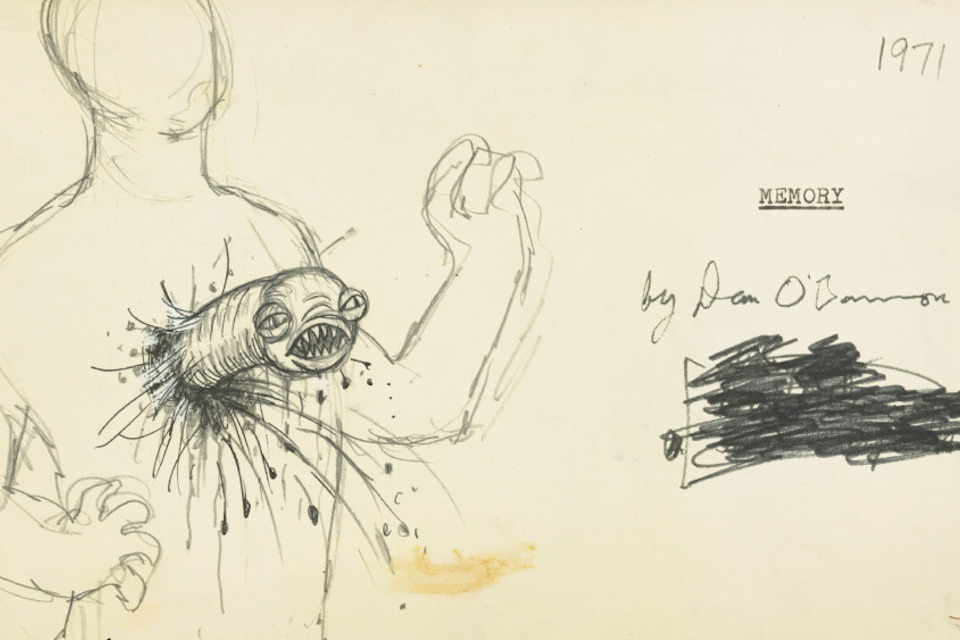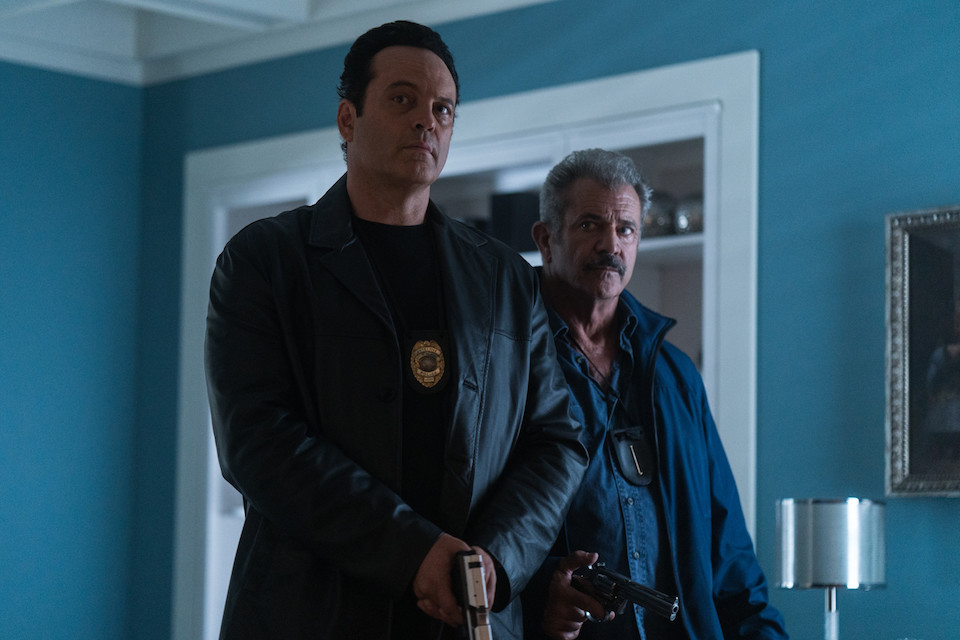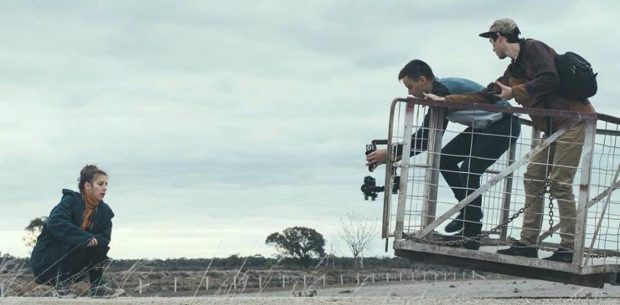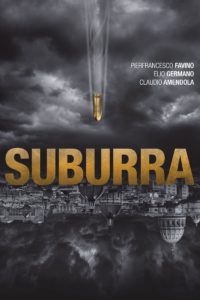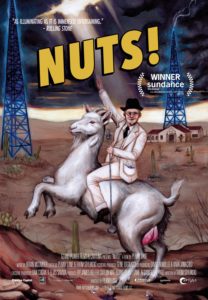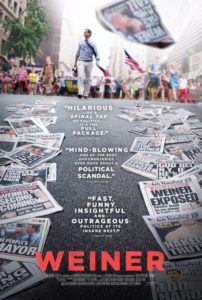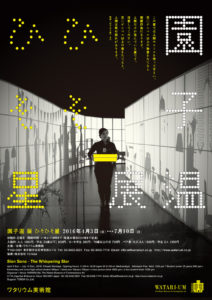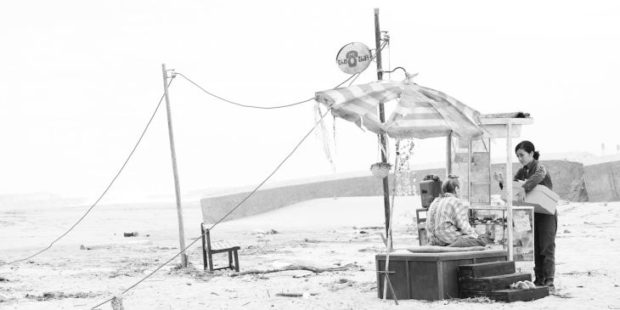Satanists get a bad rap. At least that’s what director Penny Lane sets out to show in this documentary with an unusual subject. Or at least it would be odd for any filmmaker who hadn’t previously helmed a doco about a radio magnate who possibly implanted goat testicles into the scrotums of his human patients.
The goat connection continues in HAIL SATAN? as the Satanists work towards the separation of church and state by lobbying to erect a statue of Baphomet at a government building. The notion may seem ridiculous at first, at least until they start to point out how many Christian tenants have made their way into the various instruments of government in the United States.
This is where Lane’s narrative is at its strongest. Showcasing the history of religious iconography in America’s seats of power, we see that many of the ‘sacred’ tenants – such as “In God We Trust” – trace their power to the anti-Communist hysteria of the 1950s and 60s and moral crusaders like Billy Graham. Similarly, Lane explores the Satanic Panic of later decades, with everything from heavy metal to television being blamed for the decay of Christian values in the homes of Americans.

Lane contrasts this with the modern day Satanic Temple under Lucien Greaves, a group that not only leads the fight against institutional monotheism but does a lot of charity work as well. Like Christianity, Lane shows us that satanism isn’t a homogenous entity with infighting and differing approaches across the nation. One member is expelled for effectively practicing hate speech against the 45th President of the United States.
There is also some tension coming from the Satanic Temple’s credo: they claim they are holding a satirical mirror up to hypocrisy, but they also base many of their arguments on being a legit religion. The documentary never reconciles this, nor does it push its often over-the-top subjects on this, but it has a lot of fun exploring the group along the way.
HAIL SATAN? ultimately leaves us with a very legitimate question, and not just the one in the title: if one religion’s artefacts can grace the lawn of capital hill, then should all religions have a slice of that real estate? It’s not a question that Lane needs to answer in this documentary, and nor is it the sole responsibility of the Satanic Temple. Yet by the end of the film, one of the groups in this debate sounds completely irrational, and it isn’t the Satanists.
2019 | US | DIR: Penny Lane | WRITER: Penny Lane| CAST: Lucien Greaves, Satanic Temple members | DISTRIBUTOR: Madman Films, Revelation Film Festival (AUS) | RUNNING TIME: 95 minutes | RELEASE DATE: 8-15 July 2019 (RevFest), 11 July 2019 (AUS)



